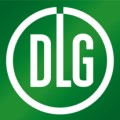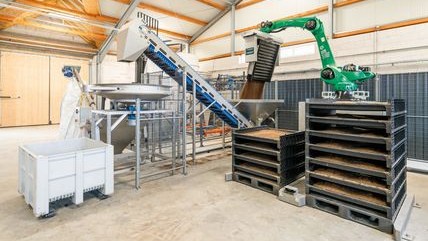 Indoor farming as a diversification strategy? Two pioneering pig farmers say yes. With investment prospects in traditional pig farming becoming increasingly uncertain in some parts of Europe, many farmers are exploring new ways to apply their skills — not just to stay competitive, but to continue to contribute to the future of food and farming. Indoor farming with insects and algae is gaining traction as a promising complement.
Indoor farming as a diversification strategy? Two pioneering pig farmers say yes. With investment prospects in traditional pig farming becoming increasingly uncertain in some parts of Europe, many farmers are exploring new ways to apply their skills — not just to stay competitive, but to continue to contribute to the future of food and farming. Indoor farming with insects and algae is gaining traction as a promising complement.
“Around 15 years ago, aquaculture, especially inhouse farming of aquatic organisms like fish, shrimp and algae, emerged as a promising alternative in Germany and has since become an innovative business element for many livestock farmers,” says Schmidt-Puckhaber, aquaculture expert at the DLG. “Today, the spotlight is shifting to the broader field of indoor farming, including insect farming for animal feed and algae cultivation.”

These emerging sectors not only offer new income streams but also align with sustainable food production trends. At Inhouse Farming – Feed & Food Convention 2025, taking place on September 30 and October 1 at the Congress Center Hamburg, professional farmers will have the opportunity to connect with experts and explore how indoor farming technologies and farming practices can be turned into viable business models. Organized by the German Agricultural Society (DLG), the event combines an international conference with a foyer exhibition focused on innovative production systems across the agricultural and food value chain.
From Pig Farming to Insects and Algae: Two Case Studies
Two farmers from Germany — one from the south, one from the north — are breaking new ground. David Krug has added insect farming to his pig and crop operation in southern Germany. Black soldier fly production has received attention in recent years, notably at DLG’s EuroTier livestock technologies exhibition where experts recognize this as a cost-efficient and excellent source of animal protein for feed including pigs, poultry and fish.
With demand rising, David Krug’s farm today produces up to three tons of black soldier fly larvae daily, with plans to scale up to 4.5 tons. The larvae are raised in climate-controlled chambers and fed organic waste like potato peelings and wheat bran — a model of circular economy in action.
Though the process is labor-intensive and highly structured, Krug sees clear benefits: “It’s an additional line of business that makes us more independent — especially from fluctuations in the pig market.” A five-year contract with FarmInsect has secured both supply and sales.

Microalgae production for rising feed demand
In North Rhine-Westphalia, Ulrich Averberg has launched a microalgae production facility alongside his pig and arable farming operation. In a custom-built greenhouse, algae grow in water basins under natural sunlight — up to 80,000 lux on bright days. The system is managed like a “plant barn,” with strict hygiene, monitoring, and documentation — skills Averberg transferred from his livestock experience. “No matter what kind of production you run, the cultivation of my spirulina algae needs the same attention as my other livestock population to become a first choice, high quality super food,” he says.
Algae such as spirulina and chlorella are used in human nutrition, dietary supplements, and livestock feed due to their high protein and nutrient content. With rising demand for sustainable food and feed sources, the global algae market has grown steadily in recent years.
Courage to Change: A Future-Oriented Agriculture
Switching to alternative business models like insect or algae farming is no small step. It requires significant investment, new knowledge, and a rethinking of farm operations. But it also opens up new opportunities — for sustainability, economic resilience, and public acceptance.
Farmers like Averberg and Krug show that change is not a break from tradition, but a natural evolution. Their stories encourage others to explore new perspectives — and perhaps become part of a more future-ready agriculture.
June 26, 2025 - DLG



